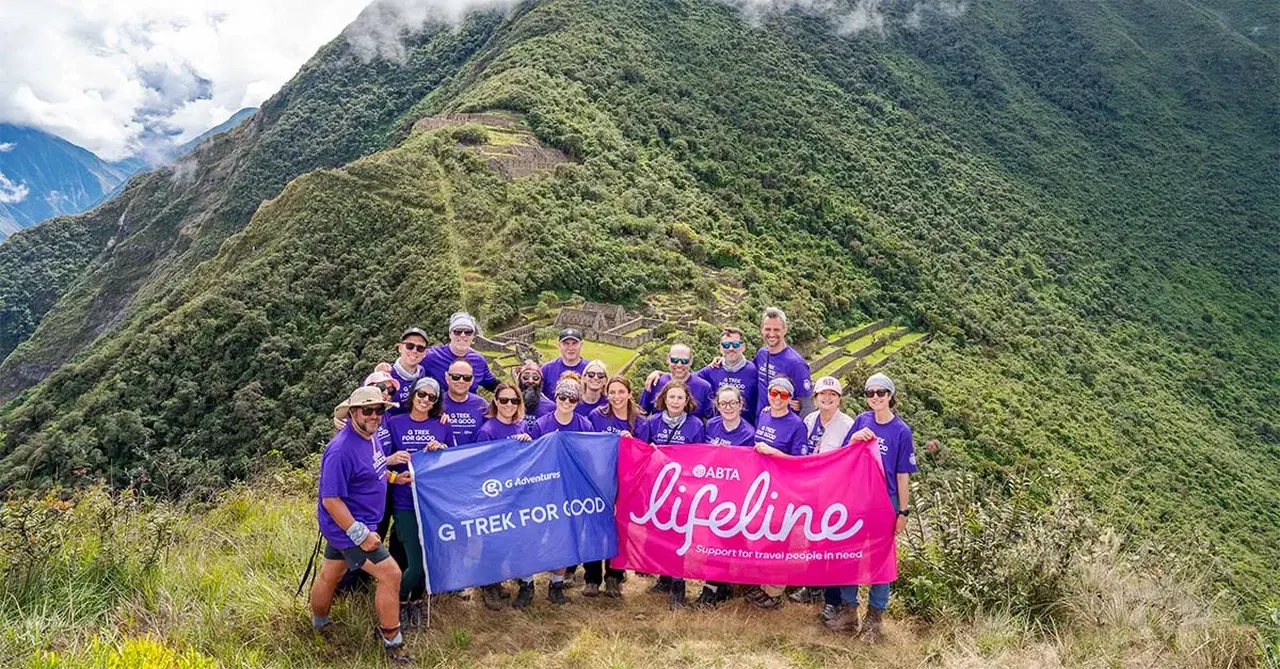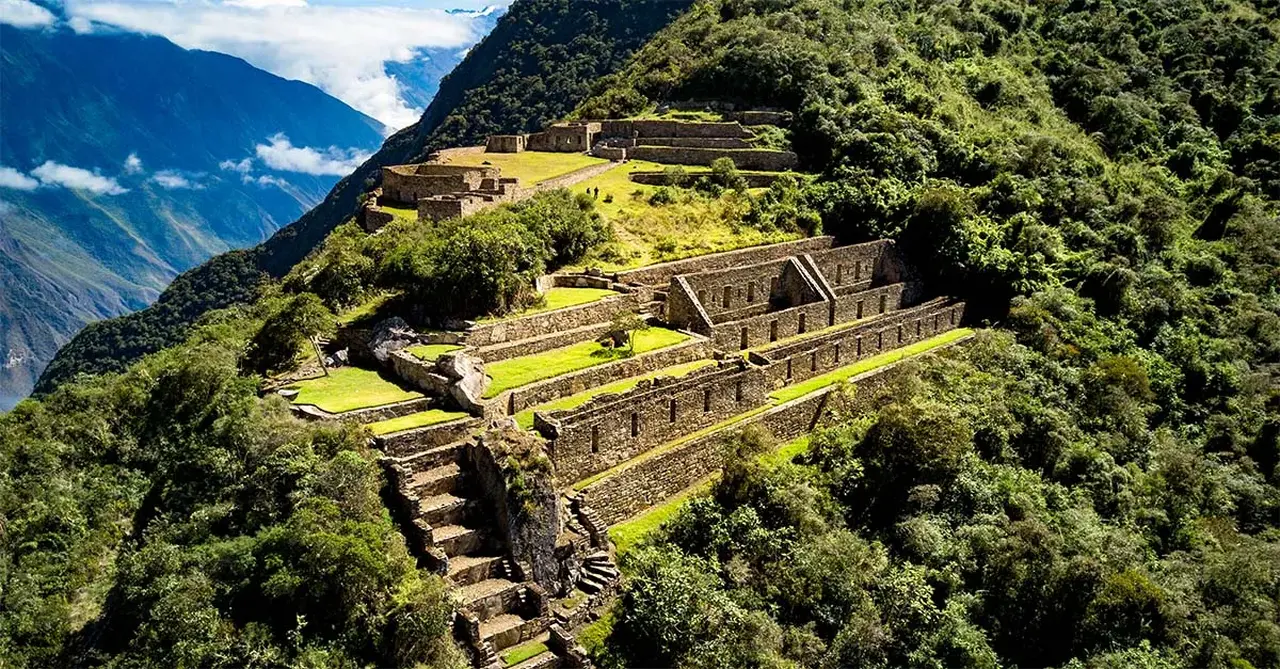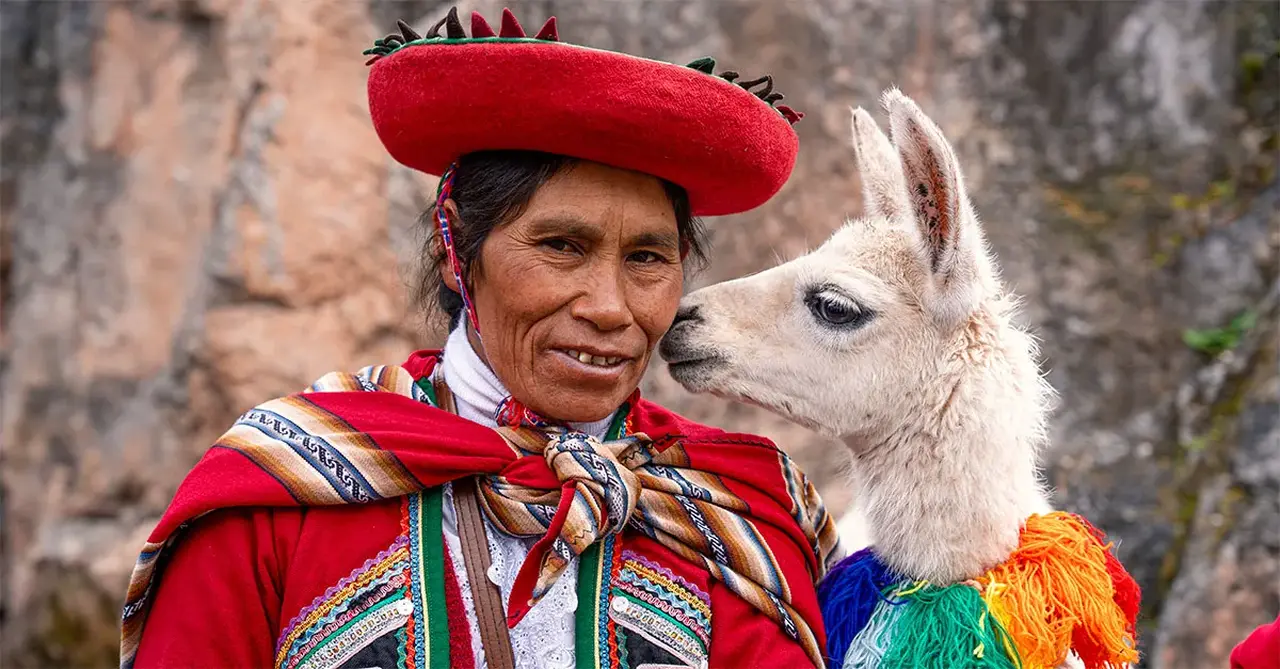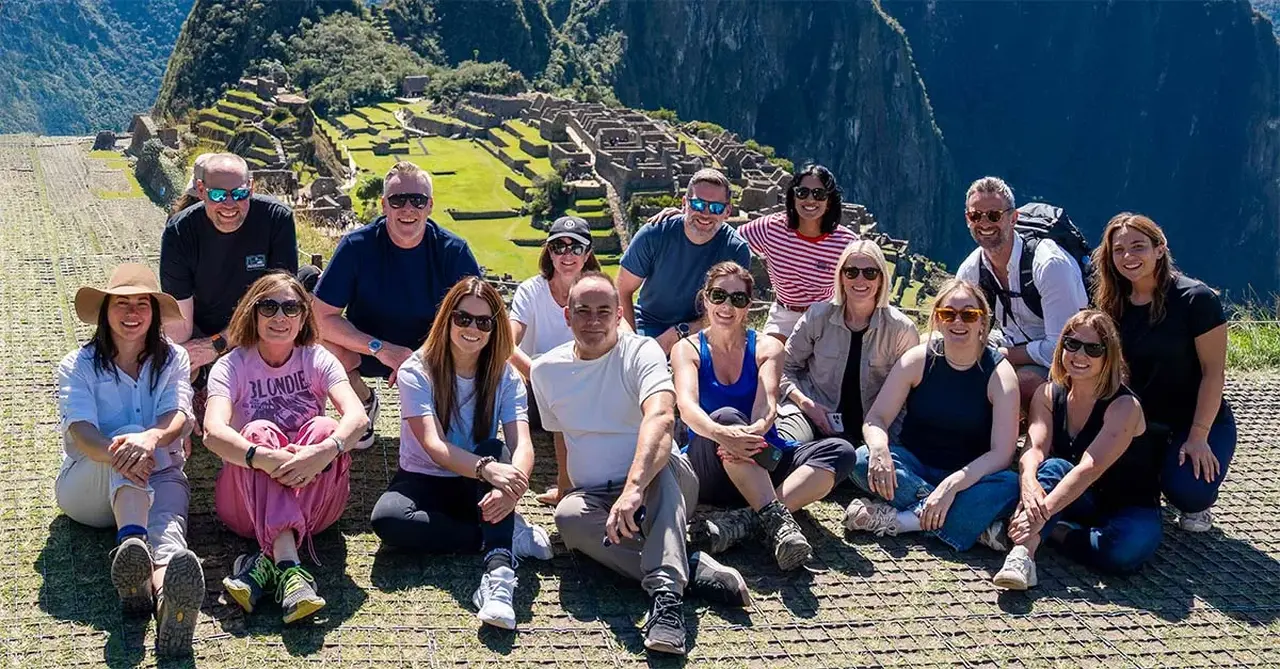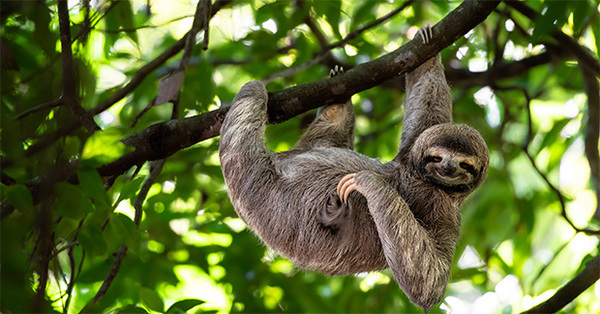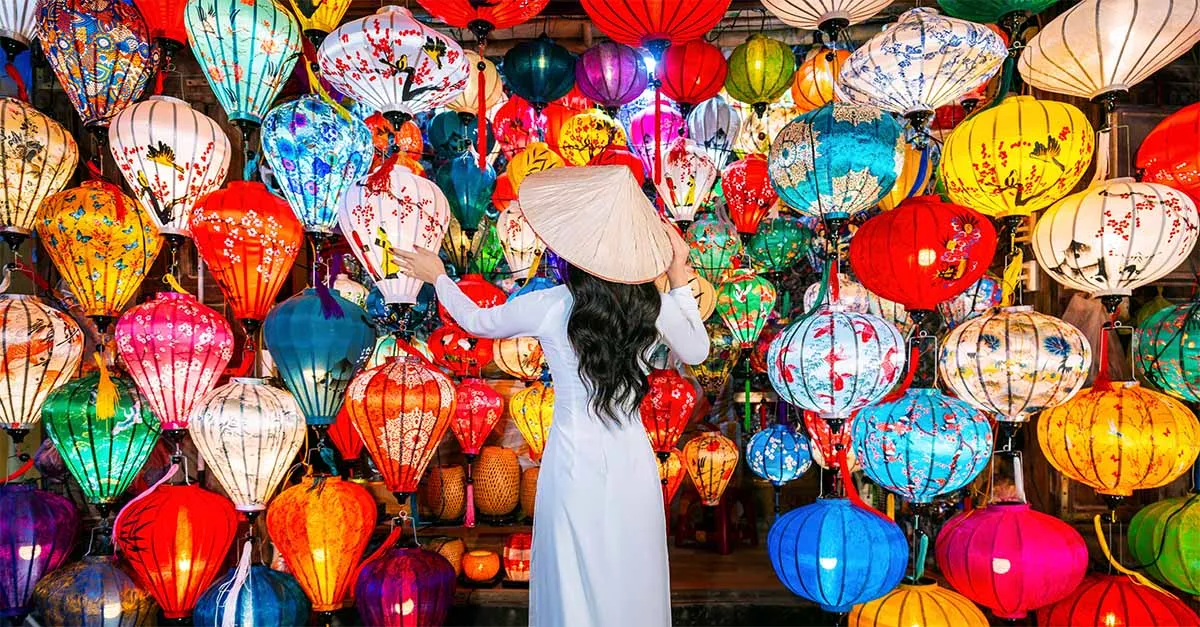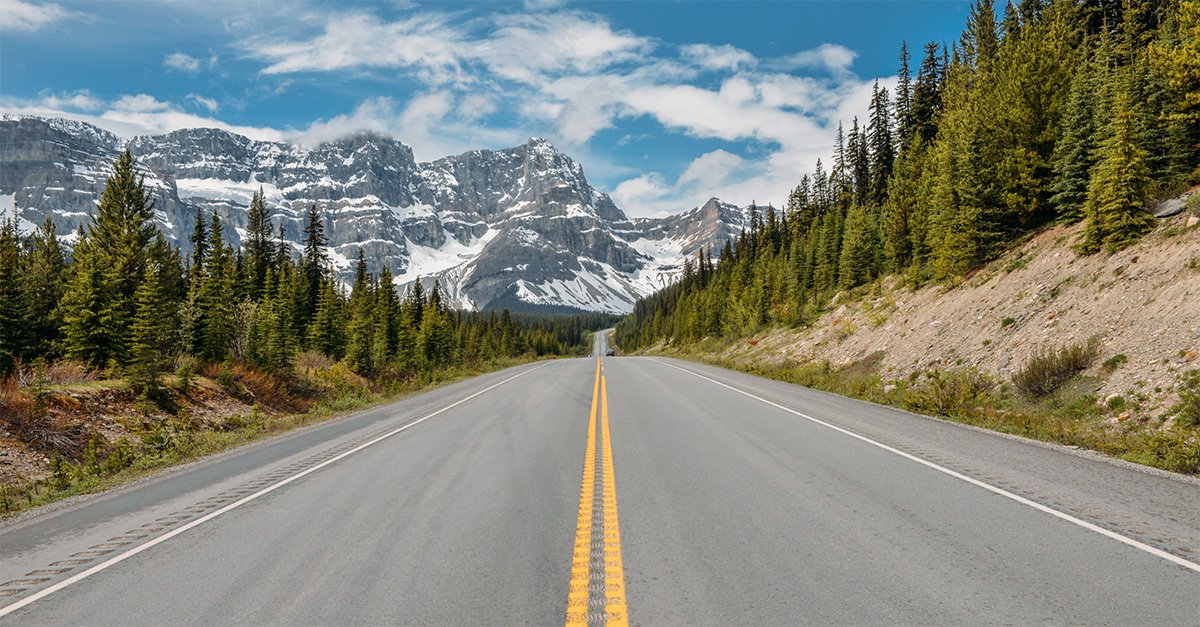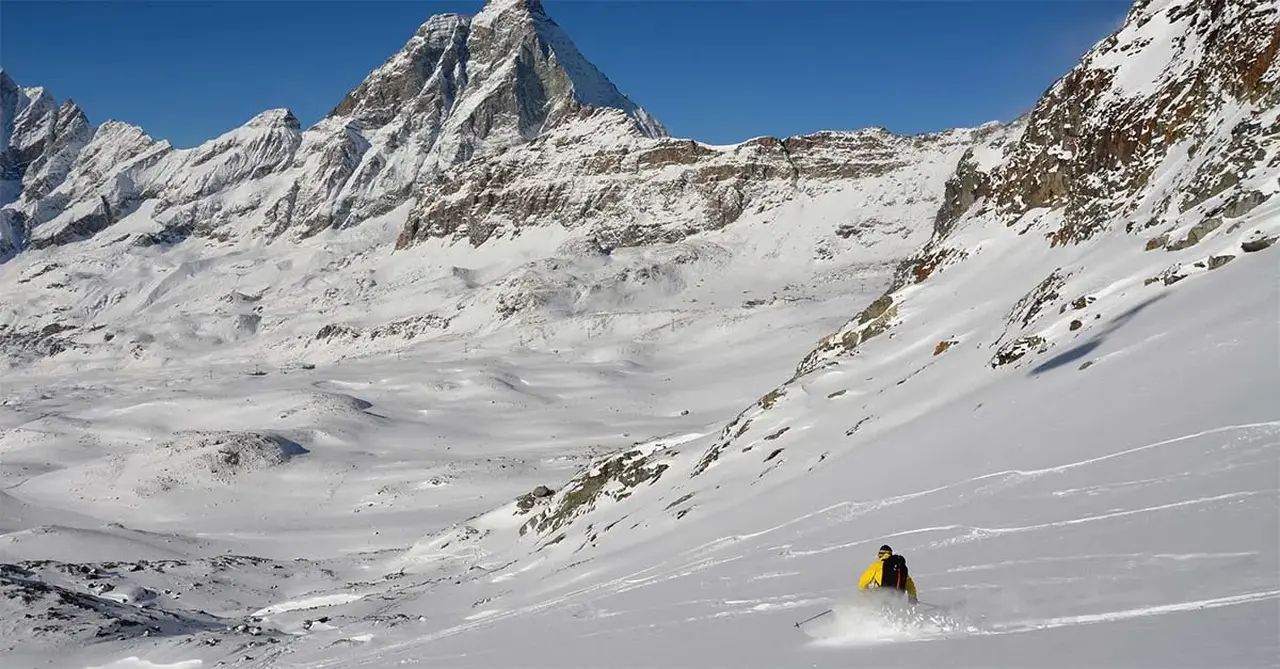You are viewing 1 of your 2 free articles
Hiking to Peru's 'other' lost city
A team from across the travel industry took on a trek to Peru’s lesser-known lost city in search of a quieter alternative to Machu Picchu
Click here to download and save as a PDF
We sit in a line along the hilltop’s encircling wall, overlooking the whole of the lost city of Choquequirao, and no one says a word. The travel industry doesn’t, as a rule, attract quiet and retiring types.
That is certainly true of this year’s G for Good charity trek team, a group drawn from across the industry to take on G Adventures’ annual fundraising initiative.
We’ve all been chattering cheerfully as we hike the route, crossing streams, clambering down steep descents through thick jungle and puffing our way up stony slopes.
But as we gather on this lofty, level-topped summit once used for spiritual ceremonies, wisps of cloud billow mystically across the ancient Inca site hewn into the hillside before us. There’s a collective sense of wonder here that renders us all speechless.
What is Choquequirao?
Choquequirao, Peru. Image credit: Shutterstock/Erick Manga
You probably haven’t heard of Choquequirao. The Peruvian lost-city limelight is taken up almost exclusively by Machu Picchu, the elaborate 15th-century citadel ringed by Andean peaks about 50 miles northwest of Cusco, the city that marks the starting point for most of the destination’s hiking routes. Considered one of the seven wonders of the modern world, Machu Picchu’s visitor numbers hit 1.5 million each year.
Only 31 miles away from Machu Picchu as the crow flies, Choquequirao is folded into a spur of the Vilcabamba mountain range, an Inca site of a similar vintage to its more famous sibling and potentially – it’s only partially excavated – three times the size. Yet our guides estimate that only about 5,000 people visit a year – the same as Machu Picchu might receive on a busy day.
A Quechua woman and a llama. Image credit: Evie Harper
As we explore the site, we see only one other group, and for much of our time we’re alone. We wander freely in and out of the long, rectangular buildings around the main plaza, descend the steep agricultural terraces to see white llama murals picked out in the stone walls and hike to the highest point of the city from where a dizzying drop plunges all the way to the Apurimac River, the rumble of the water just about audible in the silence.
The only sign of the modern world is the distant, diminutive profile of the campsite we left at dawn.
We take the train to Machu Picchu the day after we finish our trek and can’t help but compare – the architecture is more immediately elaborate, but we’re constantly surrounded by crowds.
Choquequirao’s ruins seem a little more modest but are jaw-droppingly impressive nevertheless, and to have it to ourselves feels like an unbelievable privilege. When our G Adventures team serves us a three-course lunch in the main plaza, I feel like I might be hallucinating.
The group at Macchu Picchu. Image credit: Evie Harper
How to hike to Choquequirao
That could be, at least partially, down to tiredness. The first day of this four-day trek sees us stumble sleepily into a minibus at 3am for the five-hour drive from Cusco to the trail head at Capuliyoc. We gaze down to the winding Apurimac River, seemingly pencil-thin at the bottom of the canyon.
Today we’ll hike all the way down and start our ascent of the other side, and although it’s a relatively modest 8.6 miles, we drop 1,500 metres and climb another 700. When a shaman arrives to perform a traditional Pachamama ceremony, asking Mother Earth to bless our endeavours, I have a feeling we may need all the help we can get.
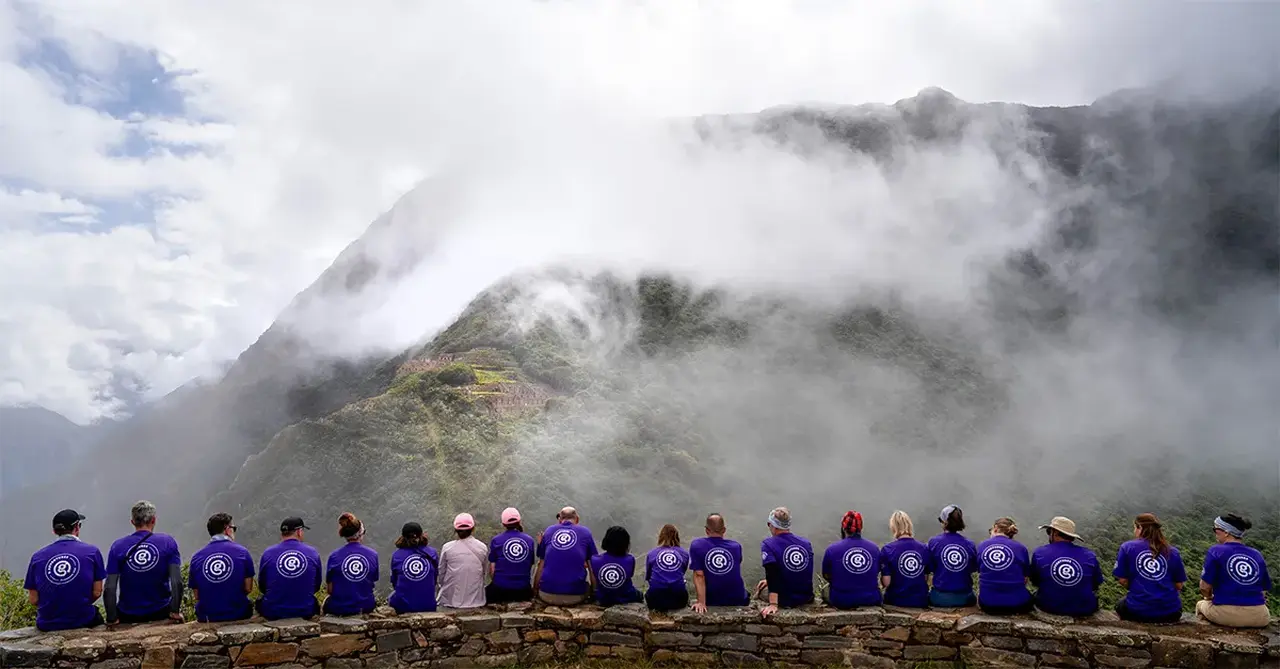
The G Trek for Good group overlooking Choquequirao. Image credit: Evie Harper
Once we hit the trail my nerves dissipate as I’m blown away by the views. At the edge of the rocky path, the ground drops away steeply and the slopes are sleek with long grasses.
Clouds are in constant motion, descending then retreating to reveal the densely forested mountains on the other side of the river, where tonight’s campground lies, and behind them even higher peaks, topped with the occasional glacier. The huge shadow of a condor overhead leaves me breathless, as much with excitement as exertion.
As we make switchback turns on our descent of the canyon, the temperature rises, a combination of the day’s heat and the fact we’re losing altitude. When we finally reach the bridge across the river by midafternoon, we’re dripping with sweat and coated in a fragrant mix of suncream and mosquito repellent.
My knees are relieved to find there’s no more downhill, but my quads soon strain with the equally steep ascent, so that when we get to Santa Rosa campsite in the late afternoon, I’m more than ready for a sit-down and the slap-up dinner the G Adventures team conjures up.
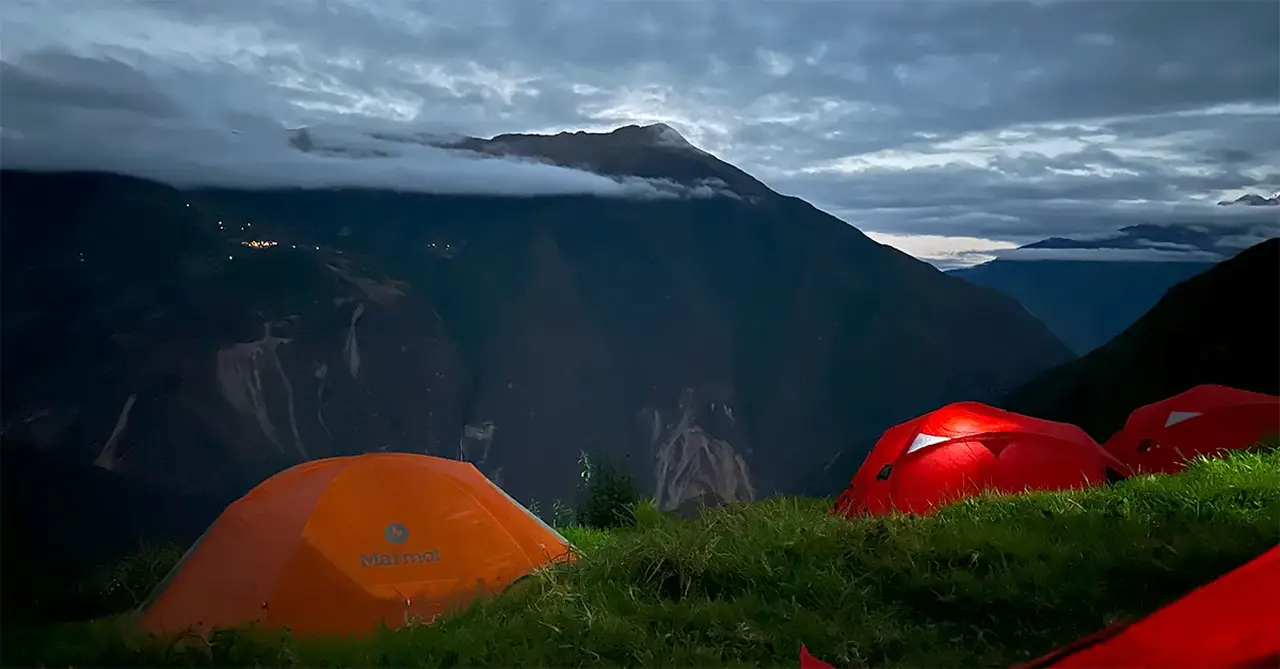
The G Trek for Good campsite at dusk. Image credit: Joanna Booth
Camping in the Andes
In many ways we’re incredibly pampered: mules carry not only duffel bags with all our gear, but all the tents and paraphernalia too, and by the time we reach camp each day, the G Adventures staff are well ahead of us, our tents set up and refreshments at the ready.
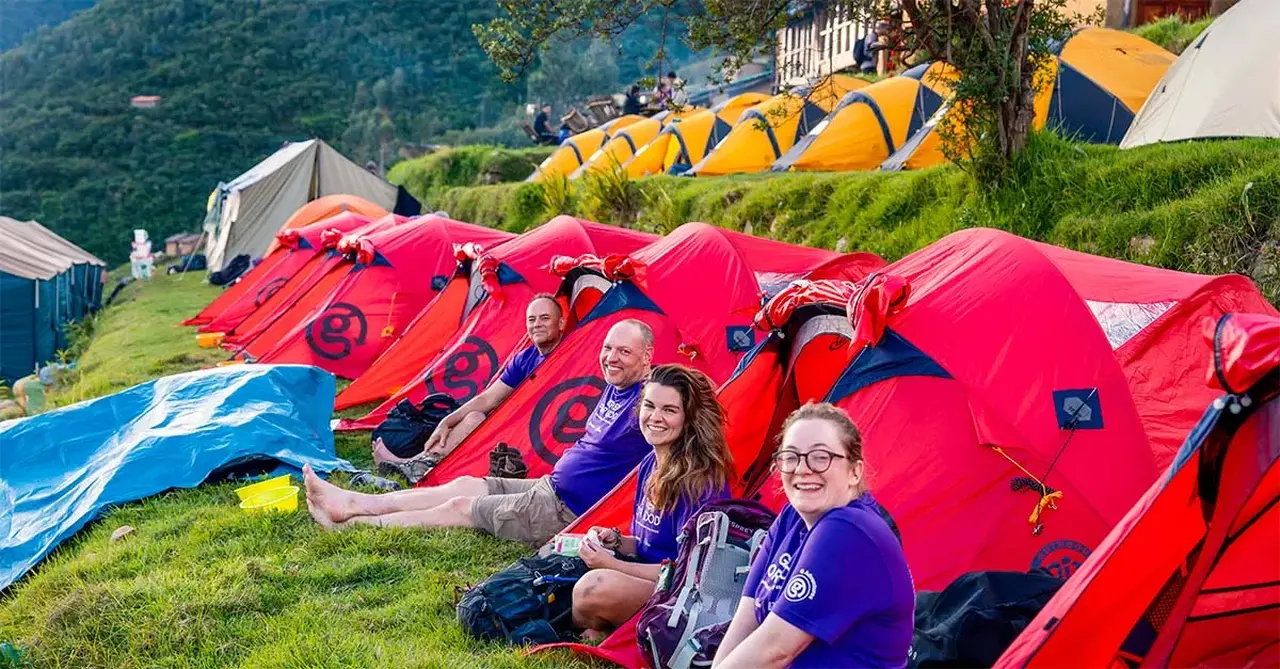
The group take a well-earned rest by their tents. Image credit: Evie Harper
Yet I can’t say I find this aspect of the trip easy – I’m not a habitual camper, and the very basic toilets and showers are my biggest challenge.
Lying awake in the tent that first night, I’m forced to remind myself why I’m doing this; not only because I want to explore, but also to raise money for two fantastic charities – Abta Lifeline and Planeterra – with a total that subsequently hits an impressive £27,000 across the group.
Having met women from two communities supported by Planeterra at the G Adventures headquarters in Cusco, we are all spurred on to keep going through the toughest moments, whether they come by way of the trails or the tents.
We’re rewarded with a huge high on day two – we reach Choquequirao and look back across the mountains, realising how far we’ve come.
By the third day we’re old hands, used to the rhythm of early rising and hours on our feet, and we get an afternoon off at Chiquisca campsite, where we splash into an old cattle trough turned into a plunge pool and share beers in toast to our triumph. I’m even getting used to the tents.
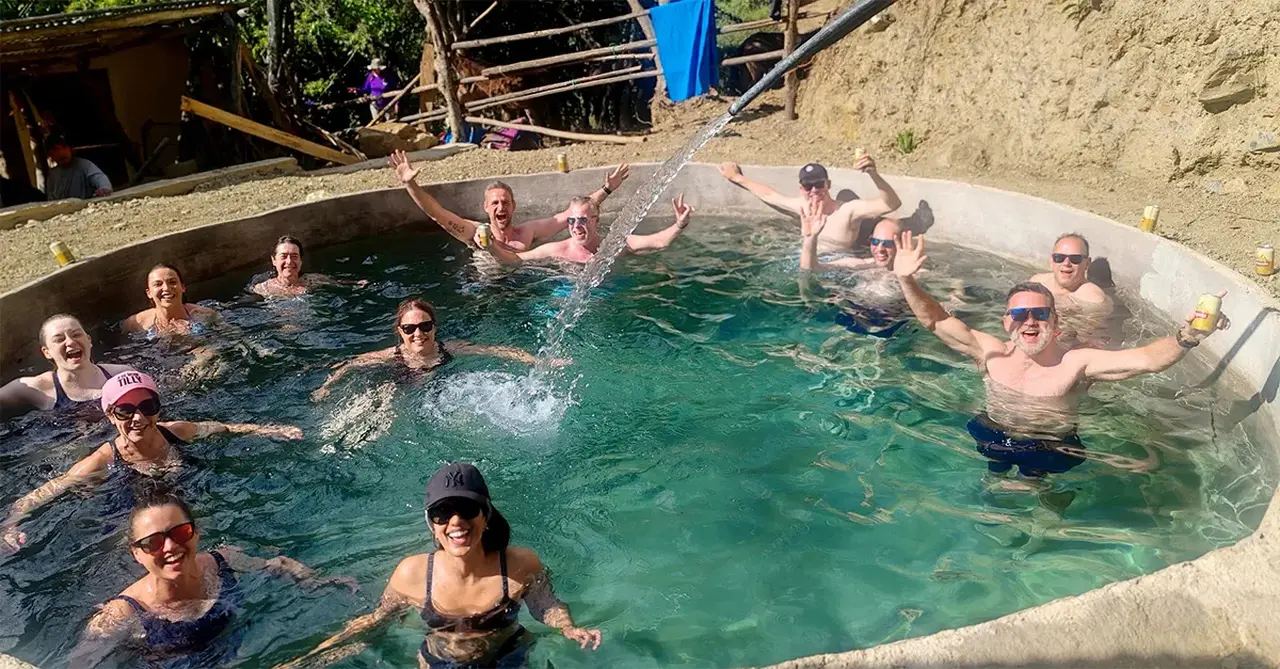
The group cool off in a makeshift plunge pool. Image credit: Joanna Booth
When we finally cross the line in bright sunshine on our last day, the rush is incredible. Far, far away across the Apurimac Canyon, a mere dot on the horizon of a mountain slope, we can just make out Choquequirao.
I ask our guide Wachi why the Incas built their cities in such remote, high-altitude spots. “To be closer to the gods,” he replies. In that moment, I think I understand.
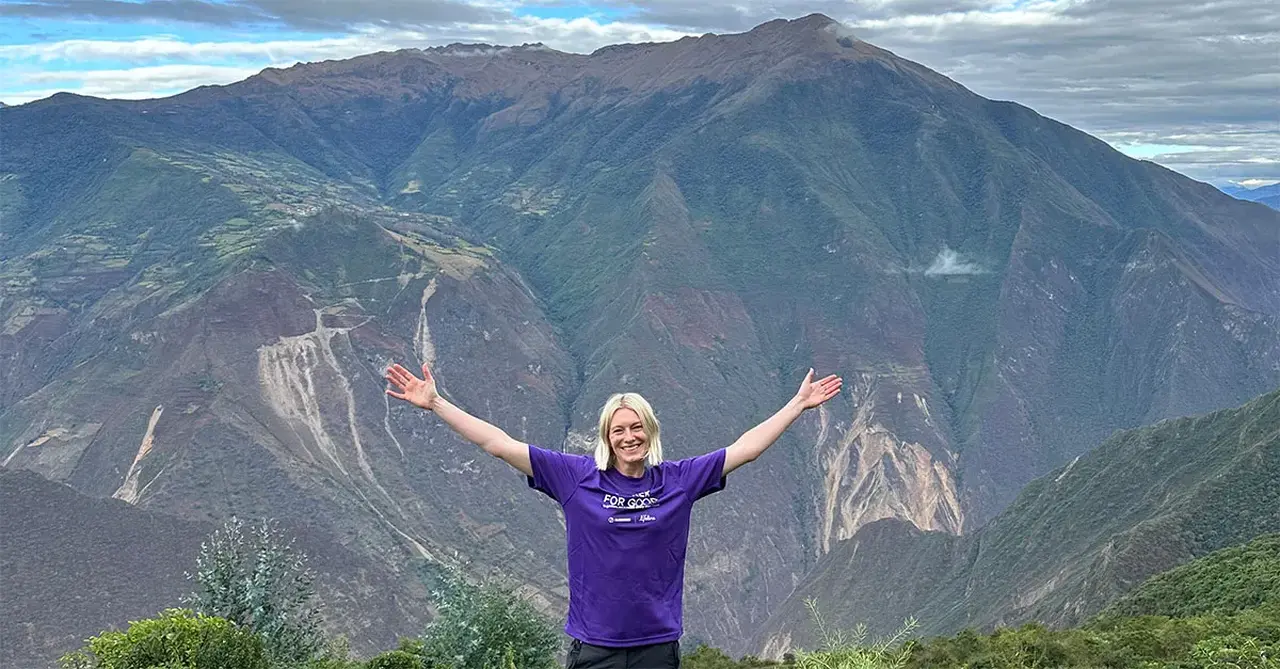
The writer poses for a picture in the Andes. Image credit: Joanna Booth
Book it
G Adventures’ five-day Trek to Choquequirao starts from £499, including full-board camping accommodation with tents and sleeping bags provided, guiding and transport from Cusco. Flights not included.
gadventures.com
Ask the experts

Stu Darnley, national sales manager UK & Ireland, G Adventures
“What makes our Choquequirao trek so special is the incredible sense of solitude and discovery – an alternative to the traditional Inca Trail. Choquequirao welcomes only a handful of trekkers each day. This allows for a deeper, more immersive connection with the Inca ruins and the stunning Andean landscape.”

Rachel Jelley, sales and marketing manager, Sunvil
“The guides – Wachi, Leo, Joe and Cesar – were excellent, and behind them was a team of cooks, mule handlers and support staff who ensured the trek went without a hitch. Their commitment, knowledge and humour brought the trip to life. Doris, Joe’s mum, was the leader of the mule handlers, a dancer and was always present – I was in awe.”

Stuart Barrett, commercial director, Icelolly.com
“The scenery was spectacular – deep canyons, fast-flowing rivers – and as we climbed, the glaciers and sheer size of the Andes took your breath away. Choquequirao had a peaceful aura and it felt like we were in the clouds above all the chaos of life below. Taking time to enjoy it was quite a spiritual moment I will never forget.”
Top tip
Follow @travelweeklyuk on Instagram to see videos from this G for Good charity trek in Peru
Lead image credit: Evie Harper

